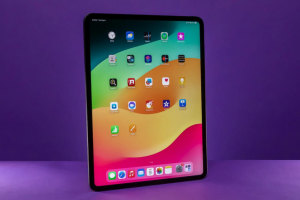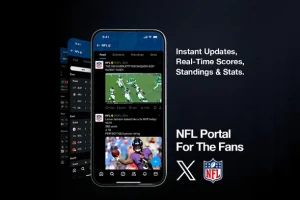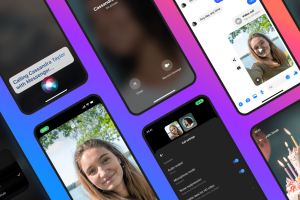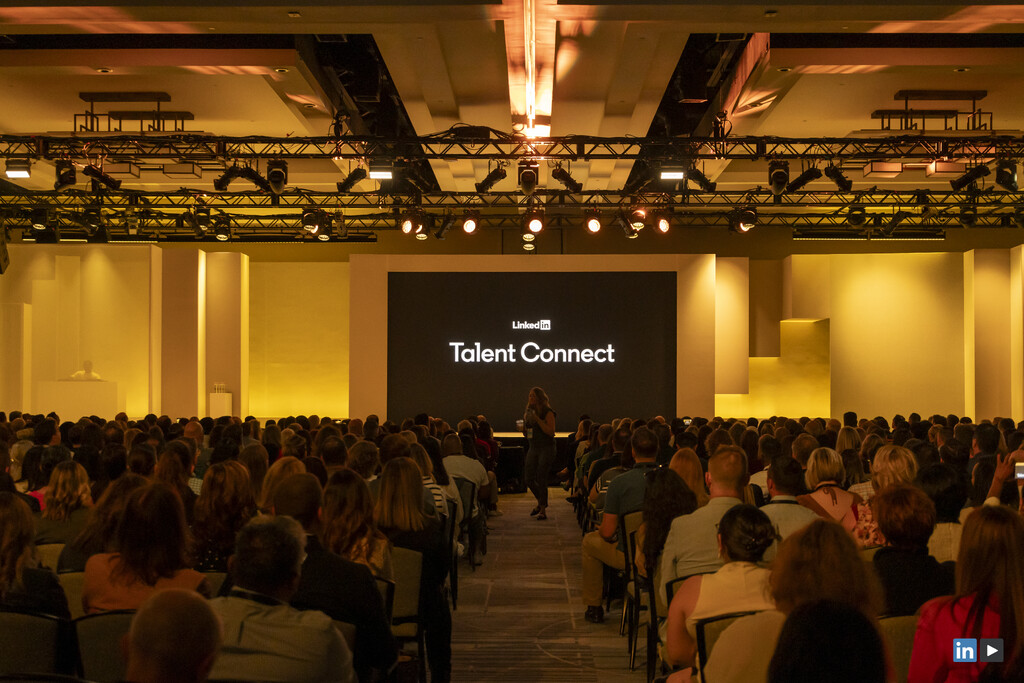Building a house. Learning a skill. Reading a resume. These are just a few things that are best tackled from the bottom up.
Wait, shouldn’t you read resumes from the top down, scanning for a candidate’s most impressive accomplishments and roles?nbsp;nbsp;
Not according to Dean Carter, chief people and purpose officer at Guild. “Yes . . . resumes (and LinkedIn profiles) are best read from the bottom up,” he wrote in a recent LinkedIn post. “Some of the most interesting things about people are there, like volunteer work, how they’ve contributed to their community, companies they follow on LinkedIn, and what they’ve learned from their first jobs in life.”nbsp;
Dean wrote that he recently added his own first jobs — including stints as a camp counselor in New Mexico and fry cook at a Long John Silver’s in Texas — to his LinkedIn profile and he encouraged others to do the same. “First jobs,” he wrote, “lay a powerful foundation for lifelong skills that matter.”nbsp;
Talent professionals, however, may miss those skills if they skim only the top of a resume or profile. Let’s look at four reasons why you should read resumes from the bottom up.1. You get a better idea of who the candidate isUntil a few years ago, Dean was head of global people and culture at Patagonia, a B Corp whose mission is to save the planet. Because Patagonia takes this mission seriously, they want to hire people who share their passion. But candidates’ environmental activism — or love of the outdoors — may not jump out based on the jobs they’ve held.nbsp;
That’s why Patagonia’s recruiters read resumes from the bottom up. “It’s the part that lets us know how you enjoy the outdoors!” Dean wrote in 2019. “What wild places catch your interest? How do you like to put Patagonia gear to the test? What is your connection to food, clean water, and healthy dirt?”
Tammy Seibert, a human resources and organization development planner at SCG Human Resources Consulting, responded to Dean’s recent post, writing: “Some of the top talent I have hired had the best bottom-up resumes, with a focus on nonprofit work, working full-time while funding their college education, and starting their businesses and failing.” She added that these experiences “demonstrated their grit and maturity.”nbsp;2. You can access a broader range of skillsWhen Dean started at Guild, he played an ice-breaking game with his team members, asking what their first jobs were and what they had learned from them. “That’s when it hit me that we should put these things on our LinkedIn profiles,” he told CBS News, “the things you did or learned before your profile typically starts.” In his own life, he gained valuable skills from his earliest jobsnbsp;— skills he’s used throughout his career.nbsp;
As a camp counselor, for example, Dean learned how to lead a group of people. “You have to organize them and do something during the day that involves a project, so there is project management involved,” he said. “It also takes a level of discipline to make sure they don’t get hurt in the process.”
Annamaria Scaccia, a director of communications at the Korn Ferry Institute, responded to Dean’s post, saying that one of her earliest jobs was as a barista at Starbucks, where she learned empathy, active listening, adaptability, balancing different stakeholder demands, conflict resolution, and creative problem-solving. It’s hard to top that list when you’re looking for transferable skills.nbsp;nbsp;3. You can broaden talent pools by considering skills from service industry jobsnbsp;Many companies are now struggling to find skilled workers. Yet the skills they’re looking for may be right under their noses — at the bottom of a resume, where candidates often list service industry jobs.nbsp;
“The work and the skills people develop in these jobs is often underappreciated,” Dean said, “yet they are some of the most valuable and critical skills for the jobs many companies are searching for now.”nbsp;
This is particularly true for younger candidates, many of whom have only worked in the service industry. “Those are honorable jobs,” Dean said, noting that people who may not have professional experience may have “picked up skills waiting tables or [working] at a fast food restaurant.”nbsp;Early in his career, Dean waited tables — and learned teamwork, customer service, and “how to be a servant leader.” He also had to be super organized, so he learned to work efficiently. These are skills that could be valuable at any company, whether the candidate learned them in an office job or not.nbsp;4. You can glean skills and traits from a candidate’s volunteer commitments or the sports they’ve playedThe sports that candidates have played can also tell you something about them.
Dean, for example, was a college cheerleader, an activity that taught him about trust. When performing stunts, he had to trust that someone would catch him. “That’s what we learn from competitive sports — the ability to rely on someone else and trust they’re going to do their job and you’ll do yours,” he said. “It makes for better teamwork when you can be on a team with a high degree of trust.”nbsp;Other candidates may have been on their university’s track team, which shows dedication and a willingness to go the distance. And yet others may have held volunteer jobs helping children to read, which shows they care about the next generation and their ability to succeed.nbsp;
At the top of her LinkedIn profile, Annamaria identifies herself as a “2x cancer survivor,” and in the volunteer section near the bottom, she mentions that she has served as an ambassador for the Kidney Cancer Association and as a member of its patient and caregiver advisory board. From this, you could glean that she has the ability to get through tough times and cares enough to give back.nbsp;But if you had read only the top of her LinkedIn profile, you might have missed it.nbsp;Final thoughts: Why this really mattersThe most compelling reason to read resumes from the bottom up is also the most basic: It’s core to what recruiters are trying to do.nbsp;
“You’ll create more rich conversations with someone,” Dean said. “We’re hiring full human beings — not a list of jobs on a resume.”










